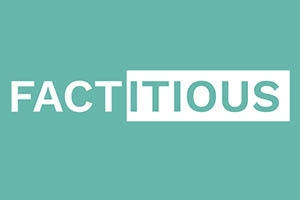Should You Share?
Play a game that tests your sense of whether information is legit and should be shared or questionable and should be skipped.
Tips to consider
What to do:
-
Read/watch/listen very widely.
-
Some generally reliable sources are (may require a subscription for access to all content; most available in some format through Pace University Libraries): The New York Times, The Washington Post, The Boston Globe, The Wall Street Journal, Forbes, The Atlantic, Al Jazeera, National Public Radio, The Christian Science Monitor , PBS NewsHour, The Economist, The Pew Research Center, Democracy Now, as well as various local sources.
-
Recognize that even typically reliable sources, whether mainstream or alternative, corporate or nonprofit, rely on particular media frames to report stories and select stories based on different notions of newsworthiness.
-
Be critical of the sources we share and engage with on social media.
What to avoid:
- “Fake, false, regularly misleading sites” which rely on “outrage” using distorted headlines and decontextualized or dubious information in order to generate likes, shares, and profits” (examples: Politicalo, AmericanNews.com)
-
Websites that may circulate misleading and/or potentially unreliable information (examples: ConsciousLifeNews.com, CountdownToZeroTime.com)
-
These websites sometimes use clickbait-y headlines and social media descriptions (examples: BipartisanReport.com, TheFreeThoughtProject.com)
-
Purposefully fake satire/comedy sites that can offer critical commentary on politics and society, but have the potential to be shared as actual/literal news (examples: Christwire.org, TheOnion.com)

